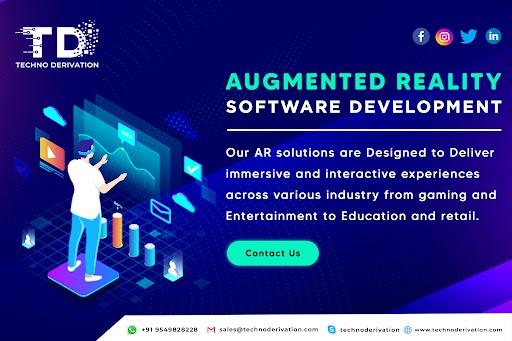Introduction:
Augmented Reality (AR) stands at the forefront of technological innovation, seamlessly blending the physical and digital worlds to create immersive and interactive experiences. This article explores the foundations, applications, challenges, and the exciting potential of augmented reality in reshaping how we perceive and engage with our surroundings.
The Foundation of Augmented Reality:
Unlike Virtual Reality, which creates entirely simulated environments, AR enriches the existing reality by adding valuable contextual information, transforming the way users interact with the world.
Key Components and Applications of Augmented Reality:
-
Head-Up Displays (HUDs): AR is commonly integrated into Head-Up Displays, providing real-time information directly in the user's line of sight. This is particularly prevalent in automotive applications, where drivers can receive navigation prompts without taking their eyes off the road.
-
Smart Glasses and Devices: The advent of smart glasses and wearable devices has facilitated more immersive AR experiences. These devices use sensors and cameras to recognize the environment and project relevant information onto the user's field of view.
-
Mobile Augmented Reality: AR applications on smartphones and tablets have gained widespread popularity. From interactive gaming experiences, where digital characters appear in the real world, to applications that provide information about landmarks or products, mobile AR has become a part of everyday life.
-
Education and Training: Augmented Reality has found valuable applications in education and training. AR can bring textbooks to life, allowing students to interact with 3D models. In professional training, AR simulations enhance learning experiences by providing realistic scenarios for practice.
-
Retail and E-Commerce: AR is transforming the retail landscape by enabling virtual try-ons, allowing customers to visualize how products will look in their homes before making a purchase. AR-enhanced shopping experiences bridge the gap between online and in-store shopping.
Challenges in Augmented Reality Development:
-
Hardware Limitations: Achieving optimal AR experiences depends on the capabilities of the hardware. Balancing the need for lightweight and user-friendly devices with powerful processing capabilities remains a challenge.
-
Content Creation: Developing compelling AR content requires a combination of creative design and technical expertise. Ensuring that digital overlays seamlessly integrate with the real world is essential for a successful AR experience.
-
User Acceptance and Privacy Concerns: Wide-scale adoption of AR relies on user acceptance and addressing privacy concerns. Users may be apprehensive about the collection of personal data and the potential intrusiveness of AR applications into their daily lives.
The Future of Augmented Reality:
As technology continues to advance, the future of augmented reality holds tremendous promise. Anticipated developments include improvements in AR hardware, enhanced content creation tools, and increased integration with artificial intelligence for more intelligent and context-aware applications.
Conclusion:
Augmented Reality is transforming the way we perceive and interact with the world, seamlessly blending the digital and physical realms. From education to entertainment, retail to healthcare, AR is leaving an indelible mark on various industries. As development continues and challenges are addressed, the exciting potential of augmented reality is poised to redefine our daily experiences and pave the way for a more immersive and connected future.

